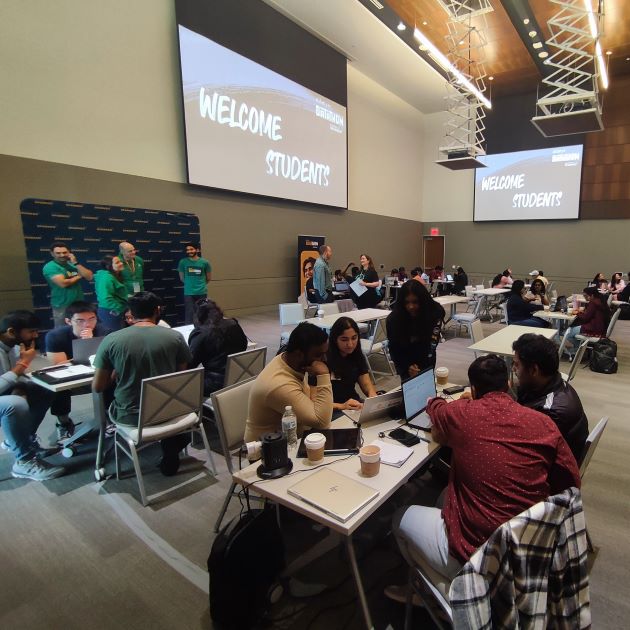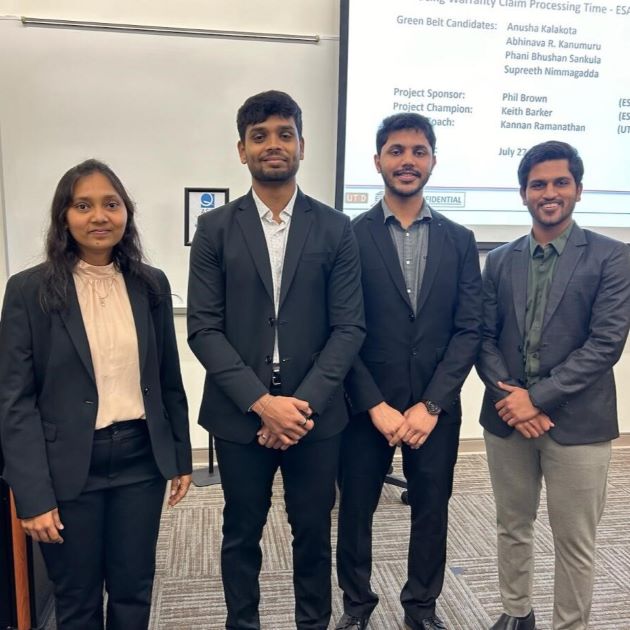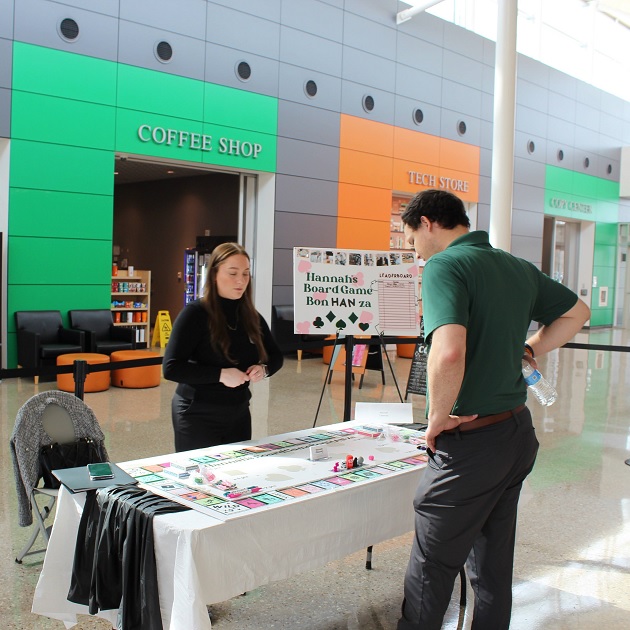Dr. Brian Ratchford, professor emeritus of marketing in the Naveen Jindal School of Management, was published in February’s print issue of the Journal of Interactive Marketing for his co-study on examining the effects of using social media to promote crowdfunding donation campaigns. On the whole, they found that social media is most useful if used in the first 10 days of a crowdfunding campaign.
Crowdfunding, or the funding of a project by raising money from a large number of people, is a form of crowdsourcing that primarily utilizes the internet to collect its funds. Although crowdfunding can be used for personal and nonprofit causes, when used to support a commercial effort, it can also include rewards such as a stake in the company or exclusive access to its products.

“Our results indicate that the general pattern of behavior is the same for purely charitable campaigns as it is for campaigns that provide an incentive to donate, suggesting that the psychological motives are important for both types of campaigns and that the economic motive doesn’t tell the whole story,” Ratchford said.
In this study, Ratchford and his co-authors analyzed data collected from 437 unique donation campaigns shared through GoFundMe, a popular crowdfunding program.
GoFundMe allows interested parties to create campaigns and share direct donation links to different platforms; because social media channels provide access to large audiences, campaigns are often shared to platforms like Facebook, Twitter, and LinkedIn to garner enhanced visibility. For example, GoFundMe reported it has raised $15 billion since 2010 in its shared campaigns.
Ratchford and his colleagues measured the impact of social media’s likes and shares, past donations, and other variables on the number of donors to these crowdfunding campaigns on GoFundMe. Ultimately, the study concluded that the campaigns do not follow a steady, predictable pattern of collection, but instead, can be categorized into three distinct phases.
The first phase – from days one through ten of the launch – donors have the option to donate, wait, or abandon the cause. This period is crucial in determining the success of the campaign, Ratchford says.
“The average number of donors, amount donated and amount per donor are highest during that period,” Ratchford said. “If a campaign does not do well at the outset, it is unlikely to succeed.”
Then, from days 11+ until 70% of the campaign goal is met, researchers found potential donors are more likely to wait before making their decision. Especially with the visibility of social media, one cause of this waiting period may be attributed to the herding effect – if potential donors see that others are donating, they are more likely to donate, as well, thus causing a rush of donations. However, researchers found that if a campaign does not reach at least 70% of its goal after 20 days, it is not likely to be successful.
In the third and final phase, when more than 70% of the goal has been reached, potential donors are more likely to donate because their motivation to donate has increased, either because a campaign with more donations is more desirable or the overall goal seems more attainable.
“As with the investment campaigns, there is a decided increase in funding for charitable campaigns as the goal is approached, even though GoFundMe campaigns do not end at any predetermined time,” Ratchford said.
One negative implication of utilizing social media as a promotional tool is the potential for slacktivism, the tendency to support a cause on social media but not engage in substantial activities to contribute to it. For example, someone might like or share the crowdfunding campaign but not actually donate. Although this results in more social media engagement, it means fewer donations.
“Just clicking on like can demonstrate one’s concern and provide satisfaction that might have been obtained by donating,” he said. “We provide preliminary evidence that promoting charitable campaigns on social media can lead to slacktivism, but a detailed study of this would require individual-level data.”
This research is especially impactful for future fundraisers and their marketers. “Make the campaign visible at the outset,” Ratchford said. “Although we didn’t study them, reminders might be a way to rejuvenate a flagging campaign.”
Co-authors of the study include Dr. Yashar Dehdashti of Texas Wesleyan University, Aidin Namin PhD’15 of Loyola Marymount University and corresponding author Dr. Lawrence Chonko of UT Arlington.
Authored by Katie Voss – Adapted from a story written by Brittany Magelssen for UTD Today.






